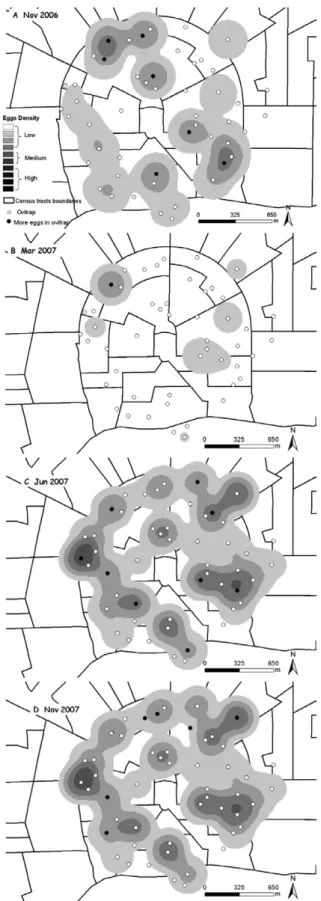Seasonal dynamics of Aedes aegypti (Diptera: Culicidae) in the northernmost state of Brazil: a likely port-of-entry for dengue virus 4
Texto
Imagem




Documentos relacionados
Eggs viability of Aedes aegypti Linnaeus (Diptera, Culicidae) under different environmental and storage conditions in Manaus,V.
of temephos on Aedes aegypti (Diptera, Culicidae) larvae in artificial containers in Manaus, Amazonas State, Brazil.. Avaliação do efeito residual
We investigated the use of Bacillus thuringiensis isolated in the state of Amazonas, in Brazil, for the biological control of the dengue vector Aedes aegypti.. From 25 soil
Temporal distribution of Aedes aegypti Linnaeus (Diptera, Culicidae), in a Hospital in Cuiabá, State of Mato Grosso, Brazil.. This study aimed at registering and monitoring
Impact of small variations in temperature and humidity on the reproductive activity and survival of Aedes aegypti (Diptera, Culicidae).. In short space of time increase in
Seasonal pattern of abundance of Aedes aegypti (Diptera: Culicidae) in Buenos Aires City, Argentina. Containers of dif- ferent capacity as breeding sites of Aedes aegypti
In conclusion - We believe that classical biological control of Ae aegypti and, understanding the controlling factors and the natural balance of mosquito populations in
israelensis has been used to control the Aedes aegypti ( Diptera: Culicidae ) mosquito larvae, the vector of virus diseases such as dengue, Chikungunya and Zika fever, which